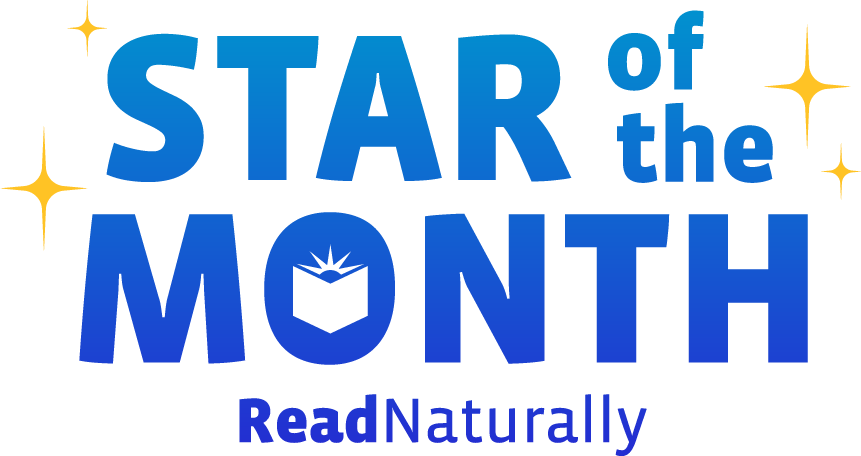Congratulations to Star Student Jesse B. from Grand Rapids, MI! Jesse is a second-grade student at Townline Elementary School. Jesse’s teacher, Candis Malcolm, had this to say about him:
Read more As a student works in the Word Warm-ups program, you should observe his or her progress to make sure that he/she is using exercises that fit his or her current level of development. Each hot timing gives you an opportunity to periodically monitor the student’s progress on reading words with the featured patterns to decide whether you should make any adjustments to your use of the program with the student.
Read more Congratulations to Star Student Roy P. from Stone Mountain, GA! Roy is a third-grade student in Gwinnett County. Tabatha, who is both Roy’s mother and his teacher, had this to say about him:
Read more Read Live Tip #8: Are You Communicating About Student Progress With Parents, Guardians, and Colleagues?
Read Naturally Live has many resources to support communication including reports, a progress letter, and certificates that can be sent home with packets of stories completed. Use Read Naturally Live reports to communicate about student performance with colleagues.
Read more If your students have been using Read Naturally since the beginning of the year, they should now have a pretty good handle on using the program. You should be able to spend your time monitoring their progress and differentiating instruction instead of reminding them what they need to be doing. In addition to checking their hot and cold timings to look at their progress (and making any necessary adjustments), you should be checking how each student is doing on the comprehension questions. Is the student getting at least 80% of the questions correct? Do you have some students who are consistently getting certain questions wrong?
Read more Read Live Tip # 7: Monitoring Student Performance to Keep Each Student Challenged
Accelerate learning by keeping students challenged as they improve. To make sure students are continually challenged, regularly monitor each student’s performance to determine when to make changes in a student’s level or goal (typically after completing 12 or 24 stories). Use the guidelines in the Read Live User Guide to decide when to make a change, when to raise the level or goal, and how to involve the student.
Read more Read Live Tip #6: Use the Story Options Feature to Help Differentiate Instruction
You can adjust the program for individual students or groups using story options. Possible changes include turning off steps, adjusting time limits for steps, adjusting the number of read alongs and practices required, and adding a Spanish read along for native speakers of Spanish.
Read more Read Naturally is proud to announce its newest assessment and intervention program, Read Live, was named a finalist for the 2011 EdTech Digest Cool Tool Awards. The products, services and people that made the list of finalists are innovative, respected and outstanding cool tools, leaders and trendsetters moving education forward into the 21st century. We are thrilled that Read Live made the list!
Read more Read Live Tip #5: Do you know what to do when students don’t pass a story?
To pass a Read Naturally Live story, each student needs to read the story at his or her goal rate, make three or fewer errors, read with appropriate expression, answer the quiz questions correctly, and meet the teacher’s expectations when retelling the story. If a student does not successfully complete one or more of the criteria for passing, you will be taken to the Pass/Remedial Actions screen to decide the best course of action. Remedial actions can be selected for each pass requirement a student does not meet.
Read more Congratulations to Star Student Hailey J. from Somonauk, IL! Hailey a fifth-grade student at Somonauk Middle School. Hailey’s teacher, Lynda Harrington, had this to say about her:
Read more  Share your student’s success story—nominate him or her for our Star of the Month award. Win a Barnes & Noble gift card for the student and a Read Naturally gift certificate for your class!
Share your student’s success story—nominate him or her for our Star of the Month award. Win a Barnes & Noble gift card for the student and a Read Naturally gift certificate for your class!